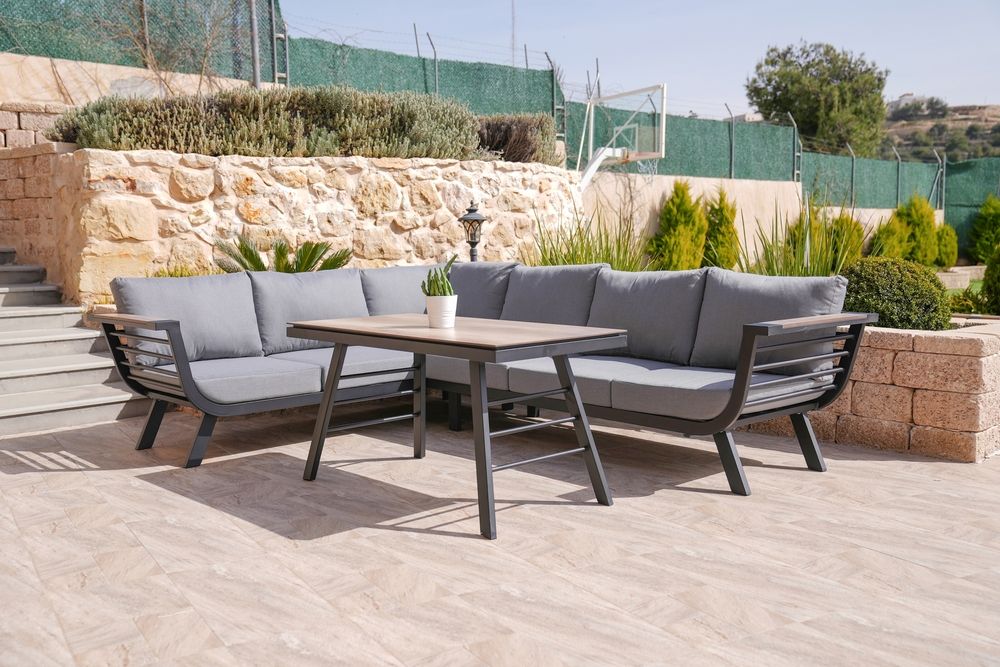When it comes to remodeling or updating your kitchen or bathroom, few fixtures are as important — or as frequently used — as the sink. Whether you’re washing dishes, prepping food, brushing your teeth, or freshening up, your sink is a central part of your daily routine. But with so many styles, materials, sizes, and features available, how do you choose the best sink for your space?
This guide will walk you through the key factors to consider when selecting a kitchen or bathroom sink, helping you balance functionality, aesthetics, and long-term durability.
1. Determine Your Needs and Space
Before shopping, assess how you use your sink and the space available.
For Kitchens:
-
Do you frequently cook and need a deep basin?
-
Do you want multiple bowls (for washing and rinsing)?
-
Do you use large pots and pans that require extra room?
For Bathrooms:
-
Is the sink mainly for quick handwashing, or will it handle grooming and daily tasks?
-
Do you need extra countertop space?
-
Will one sink serve multiple users, or would double sinks work better?
Clarifying your needs ensures you choose a sink that supports your lifestyle, not just looks good.
2. Choose the Right Sink Style
Different sink styles offer varying levels of convenience, space efficiency, and design impact.
For Kitchens:
-
Top-Mount (Drop-In) Sinks: Rest on top of the counter, easy to install and replace.
-
Undermount Sinks: Installed under the countertop for a seamless look and easy countertop cleaning.
-
Farmhouse (Apron-Front) Sinks: Feature an exposed front panel, providing a bold, traditional or rustic statement.
-
Integrated Sinks: Molded as part of the countertop, offering a sleek, modern look.
For Bathrooms:
-
Pedestal Sinks: Great for small spaces; elegant, but offer little storage.
-
Vessel Sinks: Sit on top of the counter, creating a dramatic focal point.
-
Undermount Sinks: Installed beneath the counter for a clean, minimalist appearance.
-
Wall-Mounted Sinks: Ideal for compact spaces and modern styles.
-
Console Sinks: Combine wall-mounting with stylish legs or brackets for support.
Selecting the right style will balance visual appeal with day-to-day practicality.
3. Select the Best Sink Material
Sink material greatly affects durability, maintenance, and appearance.
For Kitchens:
-
Stainless Steel: Durable, easy to clean, resistant to stains; popular for modern kitchens.
-
Cast Iron (with enamel finish): Heavy, classic look, retains shine; may chip over time.
-
Fireclay: Strong, smooth, and resistant to scratches; offers a farmhouse feel.
-
Granite Composite: Scratch and heat-resistant; comes in matte, earthy tones.
-
Copper: Antimicrobial and unique-looking, but requires regular maintenance to preserve finish.
For Bathrooms:
-
Porcelain or Ceramic: Smooth, timeless, easy to clean.
-
Glass: Modern and sleek, but prone to showing water spots.
-
Natural Stone (like marble or granite): Luxurious, but requires sealing and care.
-
Stainless Steel: Less common but useful in modern or industrial spaces.
-
Solid Surface (synthetic blends): Seamless, customizable, and stain-resistant.
Choose a material that complements your room’s style and meets your cleaning and durability needs.
4. Think About Sink Size and Depth
Getting the right size ensures your sink fits both the space and your functional needs.
For Kitchens:
-
Standard widths range from 24 to 36 inches.
-
Single-basin sinks offer ample space for large items.
-
Double-basin sinks let you separate tasks (like washing and rinsing).
-
Deeper sinks (at least 9–10 inches) accommodate big pots and reduce splashing.
For Bathrooms:
-
Consider the vanity or countertop size.
-
Make sure the sink isn’t too shallow or too deep for your faucet and daily tasks.
-
Measure the sink height if you’re using a vessel sink to avoid an uncomfortable setup.
Careful measurements and planning will help avoid installation headaches later.
5. Pair with the Right Faucet
Your sink and faucet should work together as a cohesive unit.
Key Considerations:
-
Match the number of faucet holes on the sink to your faucet style (single-handle, widespread, or wall-mounted).
-
Check the spout height and reach to ensure it works well with the sink depth and bowl size.
-
Coordinate finishes between the faucet, sink, and surrounding fixtures for a unified look.
Choosing compatible fixtures enhances both style and usability.
6. Consider Ease of Cleaning and Maintenance
Nobody wants to spend extra time scrubbing their sink — so pick a design and material that’s easy to maintain.
Easy-to-Clean Options:
-
Stainless steel resists stains and wipes clean.
-
Undermount sinks reduce grime buildup along edges.
-
Smooth, nonporous surfaces (like quartz or solid surface) resist water spots and dirt.
-
Rounded corners (instead of sharp edges) are simpler to wipe down.
Selecting a low-maintenance sink saves you time and effort over the long term.
7. Set a Realistic Budget
Sinks come in a wide price range, from budget-friendly models to custom, high-end installations.
Budget Guidelines:
-
Entry-Level: $100–$300; simple stainless steel or porcelain options.
-
Mid-Range: $300–$800; premium materials, larger sizes, or designer styles.
-
High-End: $800+; luxury materials, custom shapes, or integrated designs.
Balance your budget across sink, faucet, countertop, and installation costs to stay on track financially.
8. Hire Professional Installation if Needed
While some sinks (like top-mount kitchen sinks) can be DIY-installed, others — especially undermount or farmhouse sinks — often require professional help to ensure proper support, sealing, and alignment.
Hiring an expert helps avoid costly mistakes and ensures your sink functions and looks its best.
Pro Tips for Making the Best Choice
-
Visit showrooms if possible: Seeing sinks in person helps you get a feel for materials and sizes.
-
Read reviews: Learn from others’ experiences with durability, maintenance, and installation.
-
Think long-term: Invest in a sink that will last and stay stylish for years to come.
-
Coordinate with your overall design: Make sure your sink fits the style and color scheme of your kitchen or bathroom.
Taking the time to research and plan will help you make a confident, informed decision.





